We’re going to study the five different states of matter: plasma, gas, liquid, solids, and BEC (Bose-Einstein Condensate). A gas becomes a plasma when it gets so hot that the collisions start to knock electrons out of atoms. The most energized state of matter is plasma, the least is BEC. We’re going to focus on solids, crystal structure and how to build your own crystal matrix. Are you ready?
Select a Lesson
 | Special Science Teleclass: Chemistry This is a recording of a recent live teleclass I did with thousands of kids from all over the world. I’ve included it here so you can participate and learn, too! (Click here if you’re looking for the more recent version that also includes Chemical Engineering.) When you think of slime, do you imagine slugs, … |
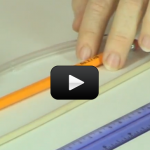 | The Breaking Point If you've ever teetered on the edge of a diving board, you know that the board flexes under your weight. The heavier you are, the more it bends. The top of the board gets slightly stretched further than the normal length (tension) while the underside gets slightly shorter (compressed). |
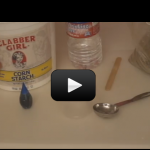 | Moon Sand A non-Newtonian fluid is a substance that changes viscosity, such as ketchup. Ever notice how ketchup sticks to the bottom of the bottle one minute and comes sliding out the next? Think of viscosity as the resistance stuff has to being smeared around. |
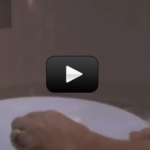 | Microwaving Soap When you warm up leftovers, have you ever wondered why the microwave heats the food and not the plate? (Well, some plates, anyway.) It has to do with the way microwaves work. |
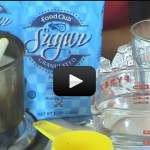 | Rock Candy Crystals Crystals are formed when atoms line up in patterns and solidify. There are crystals everywhere — in the form of salt, sugar, sand, diamonds, quartz, and many more! |
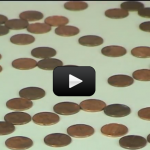 | Penny Crystal Structure The atoms in a solid, as we mentioned before, are usually held close to one another and tightly together. Imagine a bunch of folks all stuck to one another with glue. Each person can wiggle and jiggle but they can’t really move anywhere. |
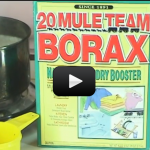 | Laundry Soap Crystals Can we really make crystals out of soap? You bet! These crystals grow really fast, provided your solution is properly saturated. In only 12 hours, you should have sizable crystals sprouting up. |
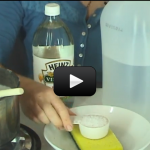 | Salt & Vinegar Crystals We're going to take two everyday materials, salt and vinegar, and use them to grow crystals by creating a solution and allowing the liquids to evaporate. These crystals can be dyed with food coloring, so you can grow yourself a rainbow of small crystals overnight. |
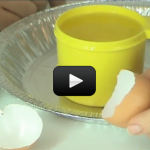 | Eggshell Crystals Geodes are formed from gas bubbles in flowing lava. Up close, a geode is a crystallized mineral deposit that is usually very dull and ordinary-looking on the outside. |
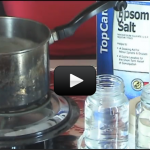 | Salt Stalactites This is a continuation of the Laundry Soap and Rock Candy experiments, so make sure you've done those before trying this one. |
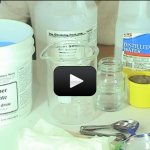 | Water Glass & Metal Crystals Water Glass is another name for Sodium Silicate (Na2SiO3), which is one of the chemicals used to grow underwater rock crystal gardens. Metal refers to the metal salt seed crystal you will use to start your crystals growing. |
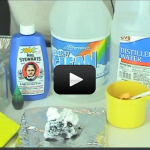 | Charcoal Crystals Charcoal crystals uses evaporation to grow the crystals, which will continue to grow for weeks afterward. You'll need a piece of very porous material, such as a charcoal briquette, sponge, or similar object to absorb the solution and grow your crystals as the liquid evaporates. |
